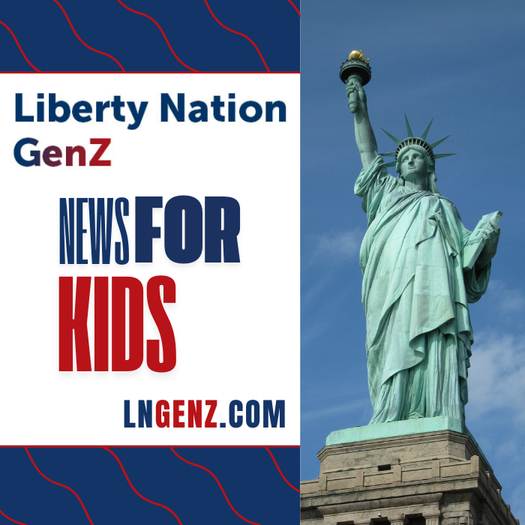


The Federal Reserve finally did it. After months of Wall Street pleading and pressure from the White House, the US central bank finally followed through on its first interest rate cut of the year. Despite monetary policymakers voting to lower rates, it was not a momentous occasion for the country. Instead, at the post-meeting press conference, it felt as if the nation was treading carefully as it walked down the path of Federal Reserve Chair Jerome Powell.
The 12-member Federal Open Market Committee (FOMC) voted to reduce the benchmark federal funds rate by a quarter percentage point to a target range of 4% to 4.25%. This was the first rate cut since December, back when the institution was in the process of easing policy after more than two years of tightness – but then it hit the pause button in January.

While the financial markets had overwhelmingly expected a rate cut, they anticipated a more dovish stance at the Eccles Building. The September FOMC meeting also included updating the periodic Summary of Economic Projections, a survey that highlights officials’ expectations for monetary policy and the broader economic landscape. The so-called dot-plot revealed the Fed penciling in two more quarter-point rate cuts, one reduction in 2026, and another decrease in 2027.
This is both good and bad news. On the one hand, the lack of aggressive rate cutting suggests that the Fed is not in an urgent state to rescue the economy. On the other hand, not accelerating the unwinding of monetary policy and moving closer to the neutral rate (neither accommodative nor restrictive) could leave interest rates higher for longer in the wider economic climate.
“There wasn’t widespread support at all for a 50 basis point,” Powell said at his post-meeting news conference. “I think we’ve done very large rate hikes and very large rate cuts in the last five years, and we tend to do those at a time when you feel that policy is out of place and needs to move quickly to a new place. That’s not at all what I feel certainly now, I feel like our policy has been doing the right thing so far this year.”
What about the here and now? Depending on your political leanings, Chair Powell either thinks the national economy is on the brink of a recession or is holding up remarkably well. The reality is somewhere in the middle.
First, Powell asserted that inflation in goods prices will “continue to build” heading into 2026. For now, they have not led to a material increase in inflation, but they will accumulate as the nation transitions to the next calendar year.
What is essential, however, is that Powell does not believe tariffs will lead to persistent inflation pressures. Instead, according to the Fed chair, the likelihood is that it will be a one-time price adjustment. In fact, he purported that long-term inflation expectations, which are paramount to monetary decision-making, have been “rock solid.”
 Second, the Fed head accepted that employment conditions have slowed, adding that “we don’t need it to soften anymore (and) don’t want it to.” The job situation, he noted, is stuck in a “low firing, low hiring state,” meaning that companies are neither laying off workers nor expanding staff.
Second, the Fed head accepted that employment conditions have slowed, adding that “we don’t need it to soften anymore (and) don’t want it to.” The job situation, he noted, is stuck in a “low firing, low hiring state,” meaning that companies are neither laying off workers nor expanding staff.
Ultimately, he acknowledged that the unemployment rate of 4.3% remains “relatively low.” The cause of the recent deterioration in the labor market is “due to lower immigration and lower labor force participation.” This key point, however, will also likely get lost in the coverage: “Wage growth has continued to moderate while still outpacing inflation.”
Finally, Powell asserted that this is “not a bad economy or anything like that.” Business investment has been surging, while households remain in “good shape.” Consumer spending, he says, is the most significant factor for weaker growth prospects.
So, was central bank independence threatened at the September policy meeting? Hardly.
Despite the possibility of a triple dissent – the first in almost 40 years – there was near unanimity to pull the trigger on a 25-basis-point rate cut. The lone dissent was the new kid at the Eccles Building: Stephen Miran, the newly confirmed official at the Federal Reserve Board of Governors. As many expected, he had advocated for a half-point cut.
When reporters attempted to get Powell to criticize his involvement, the Fed chief argued that it would be difficult to convince other members to stray from the consensus. Does the press think Miran is like Henry Fonda in 12 Angry Men?
After the most anticipated Federal Reserve policy meeting of the year, there are now more questions to be asked when traversing through the Powell path.
Will a quarter point really make a difference to the overall economy in the coming months? If the labor market weakens further, will the Fed do another pivot and become more aggressive by the holiday season? Has Fed Governor Christopher Waller tanked his chances of ascending to Powell’s throne by not advocating for a half-point cut? Will President Donald Trump go on a Truth Social rampage because the Fed did not cut more than it did?
Wall Street, Main Street, and Washington will now look to October for the next Fed meeting. As the old adage goes, the more things change, the more they stay the same.

